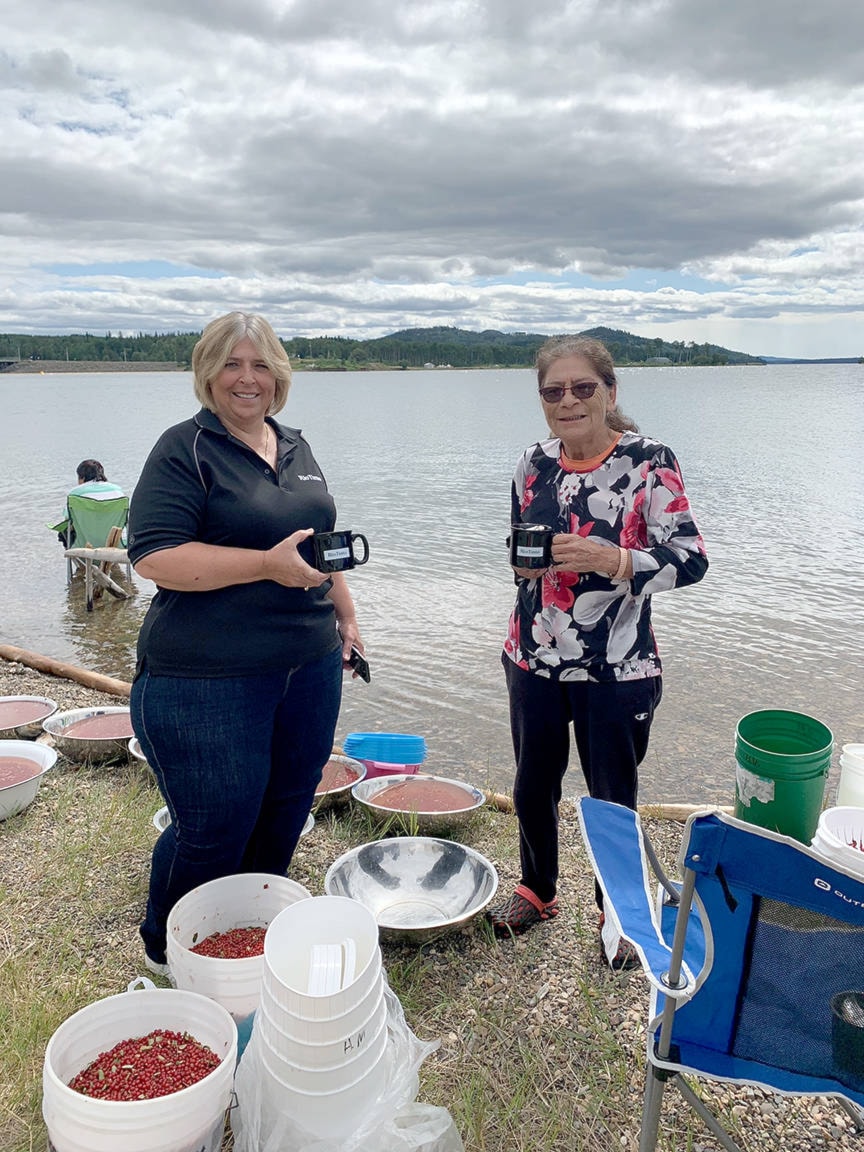The Skins Lake Spillway Campground is now opened for the season, after a year of COVID-19 related closure. Because of the campground’s remote location, with only a small rural hospital nearby, Rio Tinto and Northern Health together decided it was best to leave it shut last year for the camping season.
But local residents can once again use it at their leisure.
“For us, the campsite is one way to show our appreciation for the use of the water and the beautiful area in which we operate. Rio Tinto is proud to make this beautiful campsite available to our communities and visiting guests from all around the world,” said Affonso Bizon, Rio Tinto BC Works general manager.
“We are grateful to everyone for respecting the local fauna and flora, and helping us keep the place tidy and in good shape for the benefit of all visitors.”
The campground was originally part of the area Rio Tinto used in their operations in the 1950’s. Dams were built, and the Nechako river was flooded then to make the Nechako reservoir to feed the Kemano Powerhouse. The Kemano powerhouse is what generates hydroelectricity for the Rio Tinto BC works Aluminum smelter in Kitimat.
At the time the original spillway was in use, the company also built a dock and boat launch they used into the 1970’s. Once a new dock and boat launch site were built across the way, they no longer needed this one. But locals began using it, too, and the company decided to leave it as a gift for them. The company then was Alcan, which Rio Tinto bought in 2006, according to a Rio Tinto spokesperson.
“Water from the reservoir is used to generate power in Kemano, which is then used to produce sustainable, low carbon aluminium. The spillway is also a very important facility to control the water released to preserve the health of the Nechako river. During summer months, additional water is released to protect fisheries, with special consideration during sockeye migration,” adds Bizon.
The site has grown popular over the years, and is used not only for camping, but also weddings, water truck filling, picnics, to launch fishing boats, and for the annual Wistaria Recreation Society fishing derby.
It also sits on the traditional territory of the Skin Tyee Nation. That Nation has been able to use the area for their yearly culture camps.
“Although Rio Tinto owns the campsite, it is a community asset that is well known and used – and Rio Tinto is happy to be able to support the community by providing free access to the site,” said the spokesperson, adding that they do not generate any revenue from the site.
Campsites are used on a first come, first serve basis. There is no booking for sites available, and campfires are not allowed now, due to a province wide ban on this currently.
